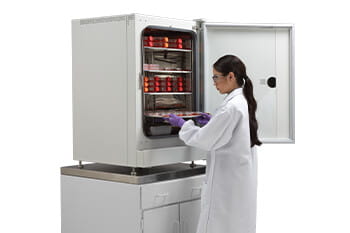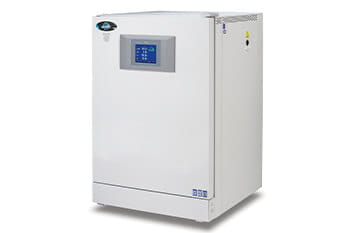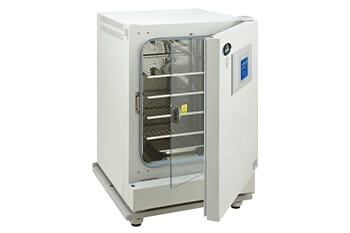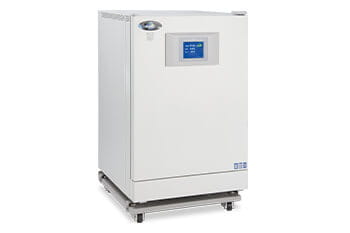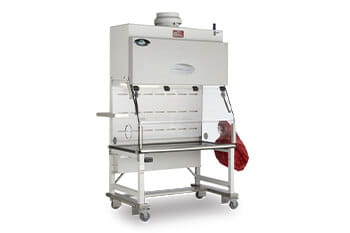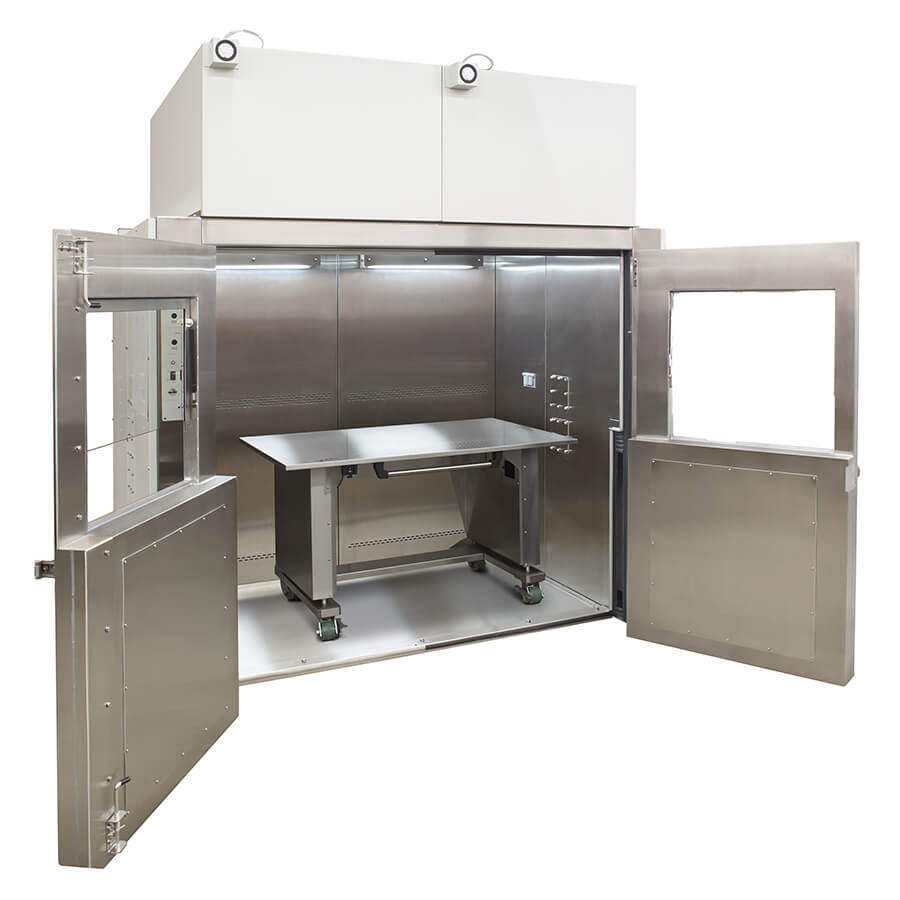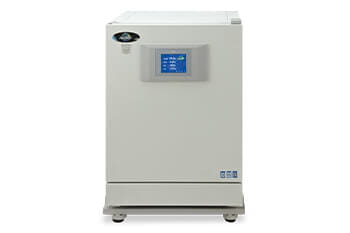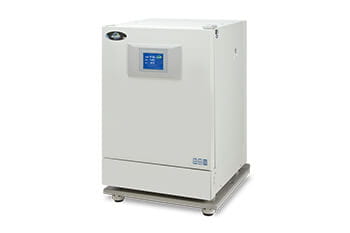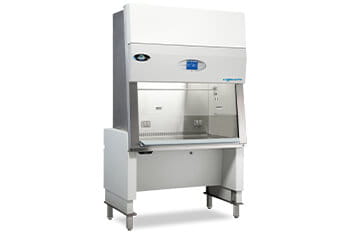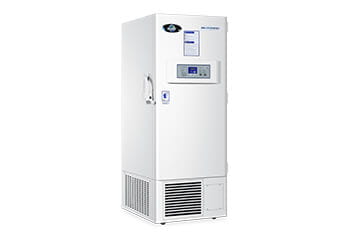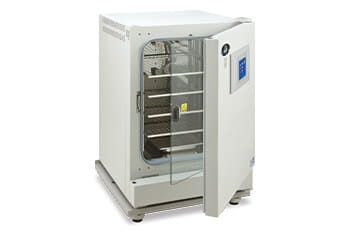
 White Paper
White Paper
The Importance of Lab Equipment Configurability


Why Configurability Should Be a Priority in Lab Equipment Selection
In today's dynamic research environments—from university biomedical labs to pharmaceutical manufacturing facilities across North America—configurability is no longer a luxury; it's a necessity. The white paper, The Importance of Lab Equipment Configurability, explores how choosing flexible, adaptable laboratory equipment directly impacts operational efficiency, safety, and scientific outcomes.
Tailor Equipment to Your Workflow and Space
Configurable lab solutions empower principal investigators and lab managers to tailor systems—like biosafety cabinets, CO₂ incubators, and ultralow freezers—to meet evolving research needs, space constraints, and ergonomic requirements. Whether adjusting for future throughput or retrofitting to fit a LEED-certified facility, the ability to customize can drastically improve return on investment and user satisfaction.
Insights Based on Real-World Lab Design
This white paper outlines key considerations—such as airflow design, component modularity, and layout planning—based on insights from leading lab designers and biosafety standards, including NSF/ANSI 49. For labs located in high-density research clusters like Boston, San Diego, or Toronto, where space and compliance are at a premium, configurability enables more intelligent infrastructure investment.
Further Reading from NuAire
- Using Ergonomic and Workflow Analyses to Configure a Biosafety Cabinet
- Biosafety Cabinet Installation & Design Considerations
- Building a Custom Biosafety Cabinet
Whether you're managing a BSL-2 lab at a university in Chicago or scaling a biopharma facility in Vancouver, equipment configurability ensures your lab infrastructure grows with your research.
Download the full white paper now to explore how smart equipment choices today can future-proof your lab tomorrow.













